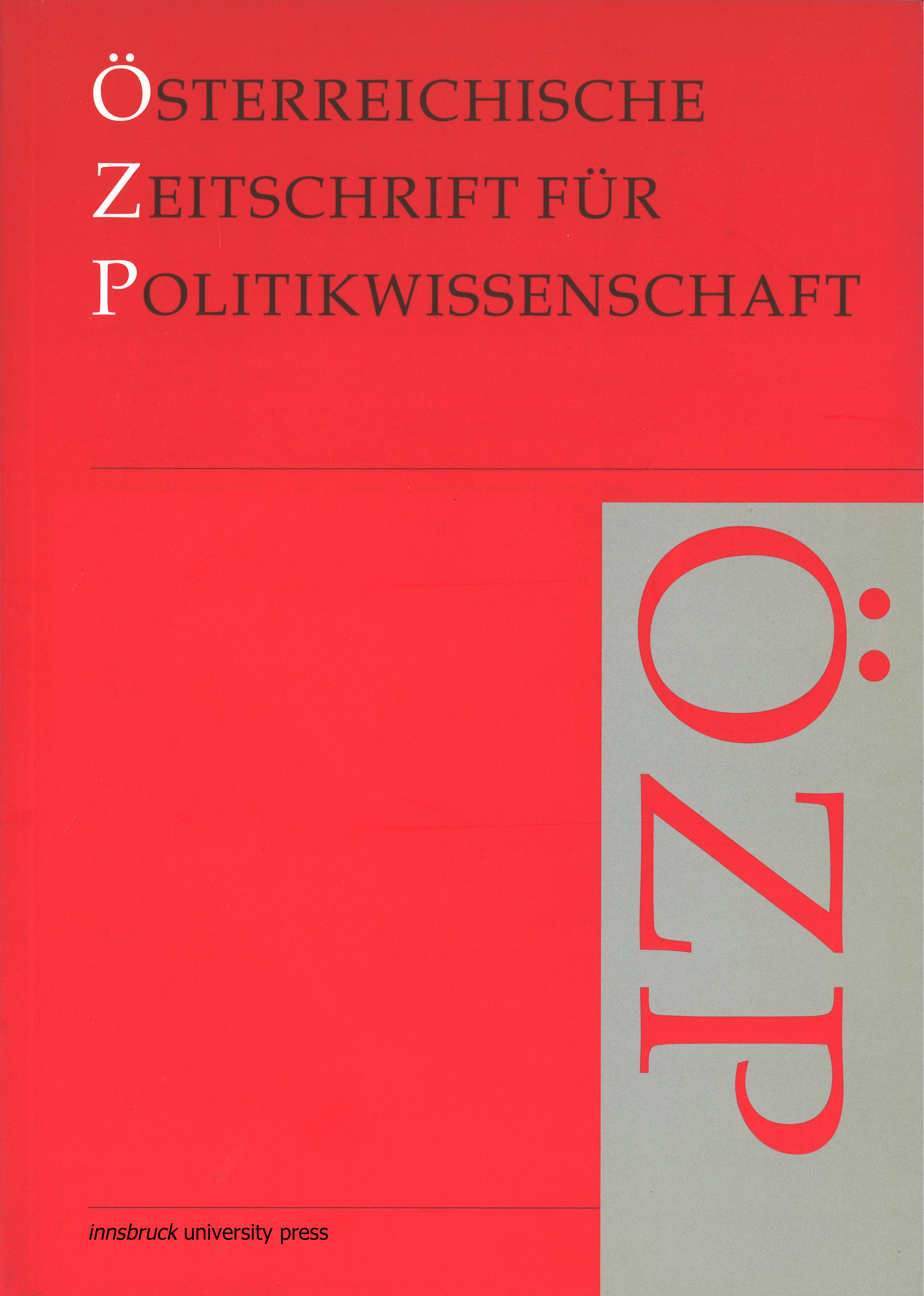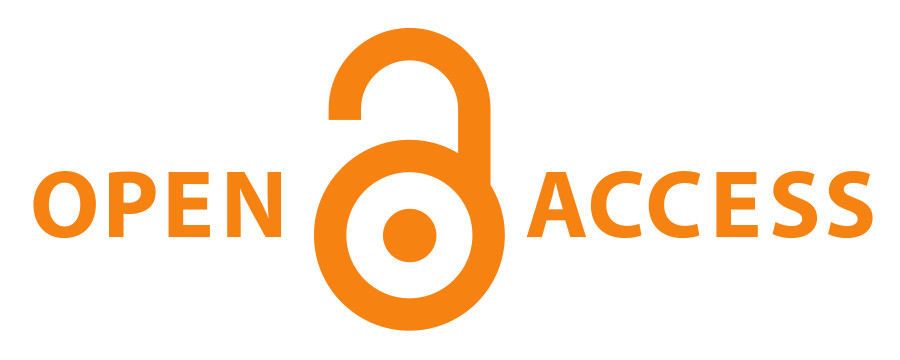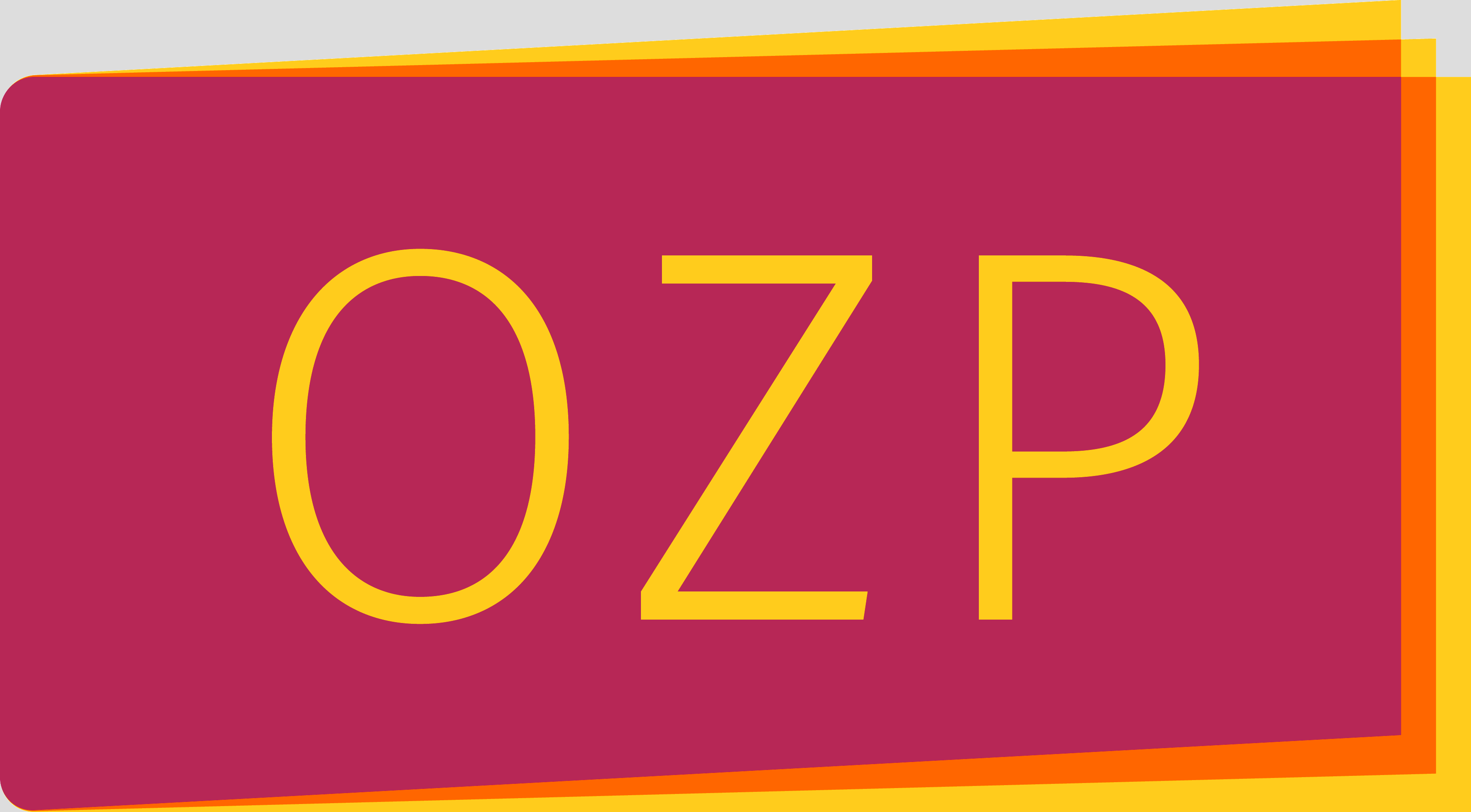Strukturelle Macht: Eine dritte Machtquelle?
DOI:
https://doi.org/10.15203/ozp.28.vol41iss3Schlagwörter:
Strukturelle Macht, Hard Power, Softpower, Machtverschiebung, politische HebelkraftAbstract
Zusammenfassung
Der Artikel stellt die gängige Vorgehensweise in Frage, internationale Machterscheinungen dichotomisch in Kategorien von „hard power“ und „soft power“ zu erfassen und zu erklären. Die Beobachtung einer zunehmenden Entkopplung der internationalen Durchsetzungsfähigkeit der Staaten von den für sie verfügbaren Machtkapazitäten reflektierend, vermutet der Verfasser die Existenz einer dritten Machtquelle (vorläufig in Anlehnung an Susan Strange als strukturelle Macht bezeichnet), deren Ursprung und Wirkungsweise wissenschaftlich noch nicht ausreichend erkannt und erforscht wurden. Dabei wird die Hypothese vertreten, dass es diese dritte Machtquelle ist, die die Wirkungen der bekannten Größen hard power und soft power relativieren kann und folglich auch Staaten in Ermangelung von Kapazitäten in den klassischen Machtkategorien zu politischen Erfolgen verhilft.
Downloads
Veröffentlicht
Ausgabe
Rubrik
Lizenz
The OZP is the authorized publication of the Österreichische Gesellschaft für Politikwissenschaft (ÖGPW, Austrian Political Science Association)
The author of an article (in case of multiple authors: the corresponding author, responsible for releasing this material on behalf of any and all co-authors) accepted to be published in the OZP hereby acknowledges the following Copyright Notice:
- The author retains the copyright to the article.
- It is the responsibility of the author, not of the OZP, to obtain permission to use any previously published and/or copyrighted material.
- Publication of a submitted text is dependent on positive results from the peer reviewing. In such a case, the OZP editors have the right to publish the text.
- In case of publication, the article will be assigned a DOI (digital object identifier) number.
- The author agrees to abide by an open access Creative Commons Attribution (CC BY-SA) license. The license permits any user to download, print out, extract, reuse, archive, and distribute the article under the same license, as long as appropriate credit is given to the author and source.
- The license ensures that the author’s article will be available as widely as possible and that the article can be included in any scientific archive. In order to facilitate distribution, the author agrees that the article, once published, will be submitted to various abstracting, indexing and archiving services as selected by the OZP.
- In addition, the author is encouraged to self-archive the article, once published, with reference to the place of the first publication.
- After the contribution appears in the OZP, it is still possible to publish it elsewhere with reference to the place of the first publication.
- The finished article, if published, will include a correspondence address (both postal and email) of the author.
- If written under the auspices of a grant from one or more funding agencies, such as FWF (Austrian Science Fund), ERC (European Research Council), and Horizon 2020 (EU Framework Programme), an article accepted for publication has to be deposited in an Open Access archive. The OZP’s archiving policy is compliant with these provisions. (In case the article derives on funding from a different source, the author is responsible to check compliance of provisions.)




